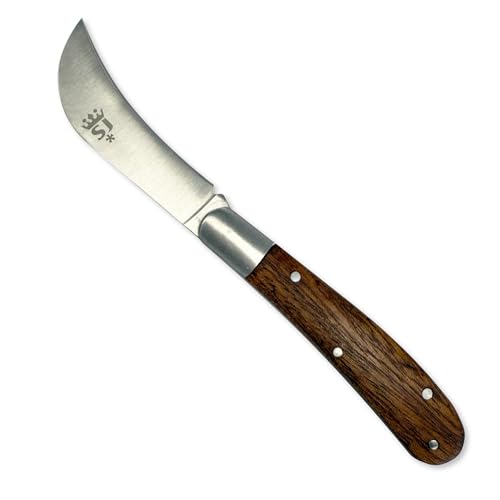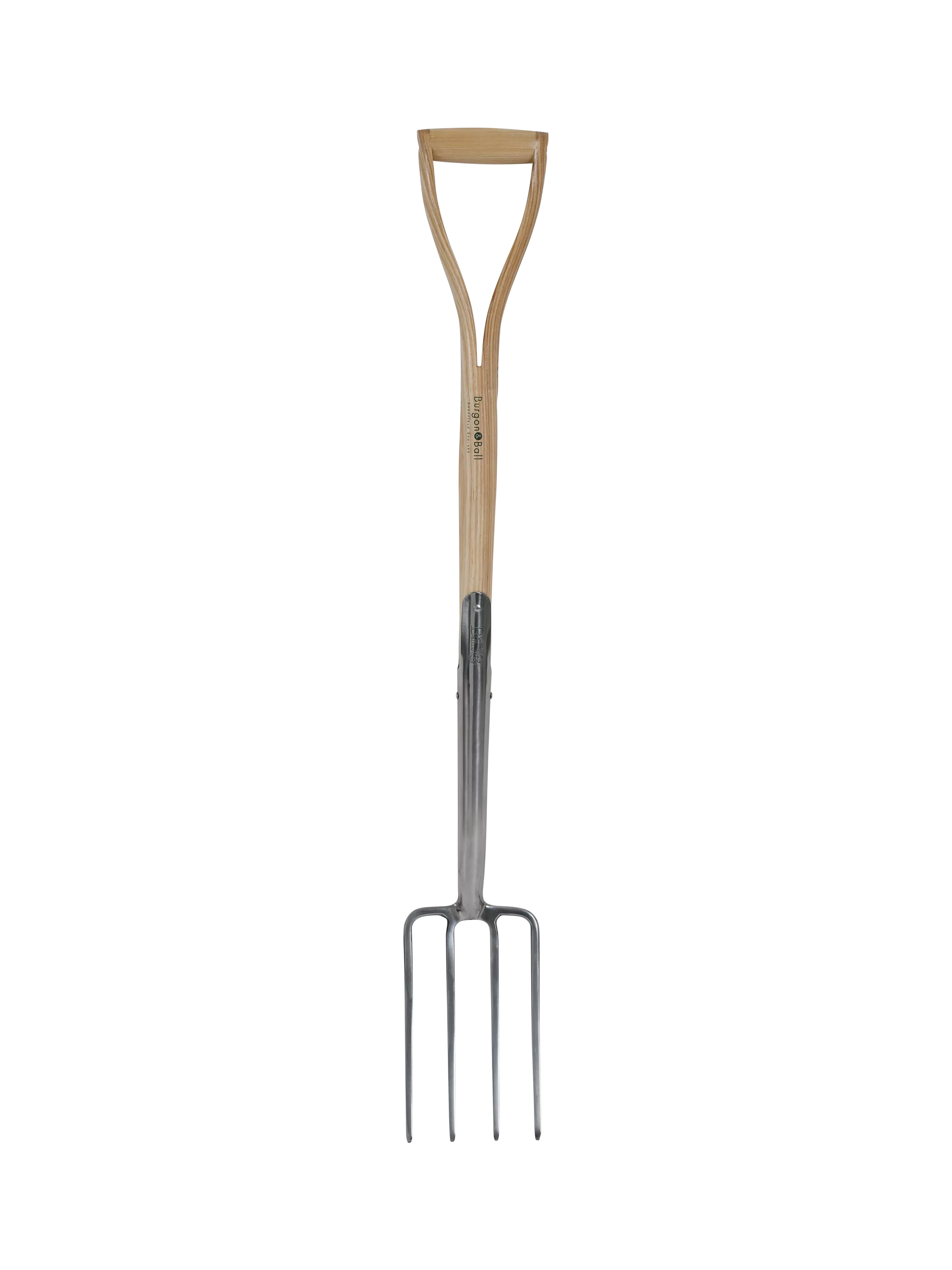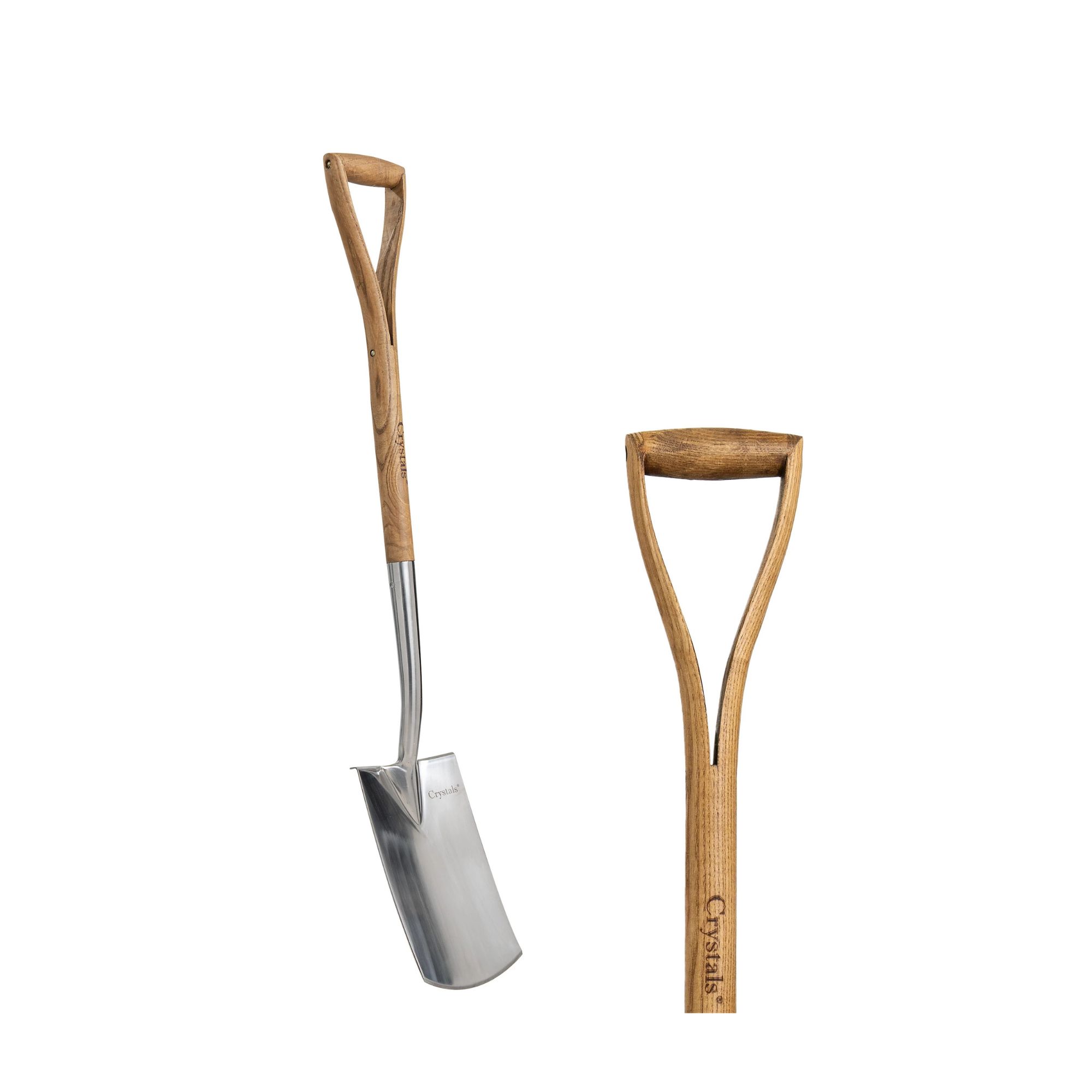Don't buy more herbs – you can divide these ones in autumn and double your plants for free
Dividing herbs is quick and easy to do and you'll be rewarded with new plants to boost your herb patch
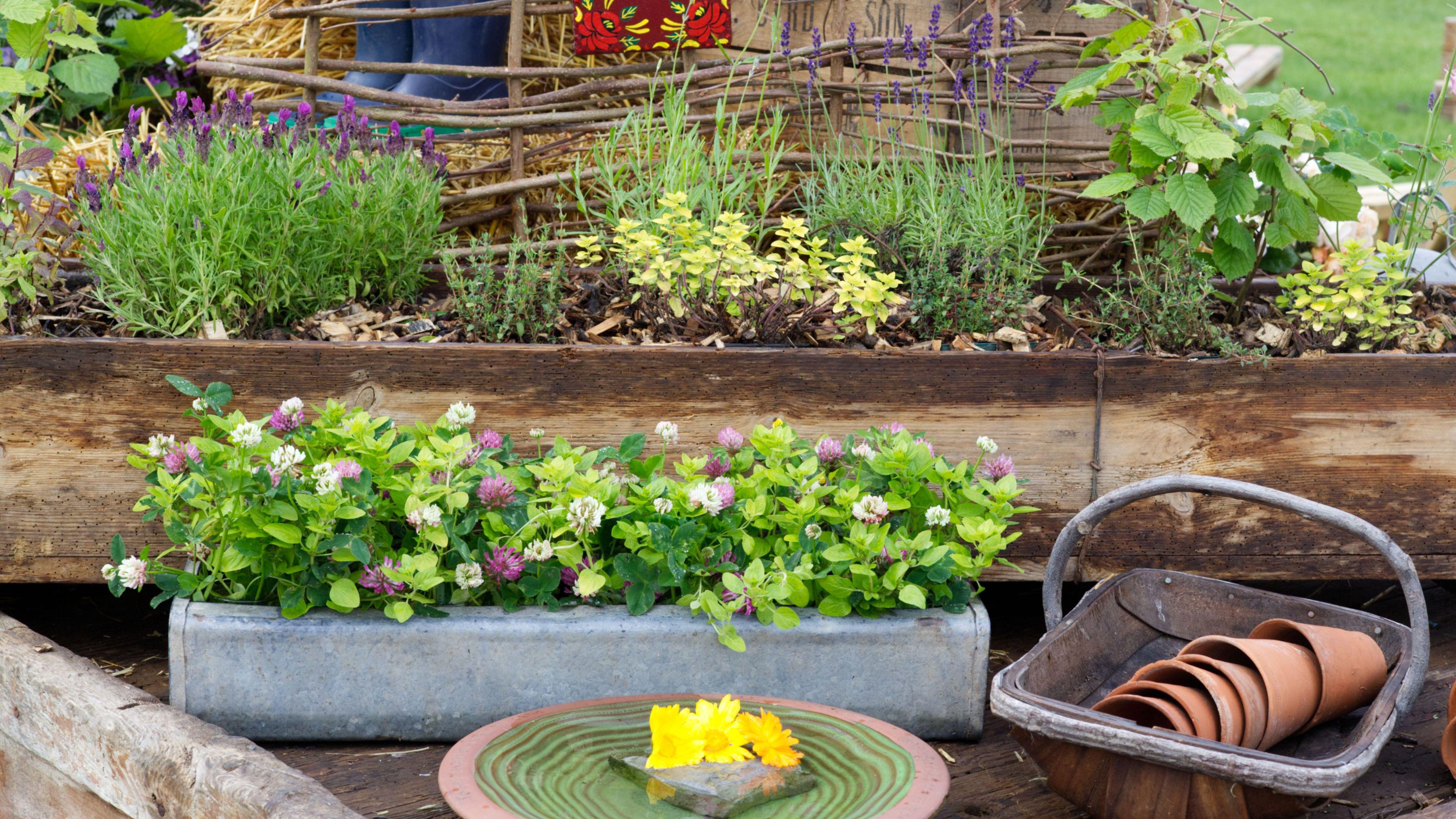

Make space in your garden to grow your own herbs and you’ll have a ready-made supply of tasty and aromatic leaves to add to dishes when cooking or to flavour home-made cocktails and teas.
Whether you grow herbs in pots, raised beds or in the ground, they can sometimes get too large and start to take over the growing space if you’re not careful. But for an easy fix that will rejuvenate plants and give you masses more herbs for free, this is the perfect time to lift and divide herbs.
‘Dividing your herb plants now is a great way to refresh older clumps and get new plants in your herb garden for nothing,’ says Julian Palphramand, Head of Plants at British Garden Centres. ‘Herb clumps can become overcrowded over time, and dividing them helps keep the herbs healthy and encourages them to produce more leaves.’
October is a good time to divide herbs and perennials as the weather is cooler, so the plants are not under stress from the summer heat. And with the ground still warm, it gives roots a chance to establish themselves before winter sets in.
‘When dividing herbs, always make sure to use clean, sharp tools or gently pull the clumps apart with your hands,’ advises Julian. ‘Plant the divided sections quickly and water them well. Doing this in autumn gives the herbs time to settle before winter and helps them grow strong in spring.’
1. Chives
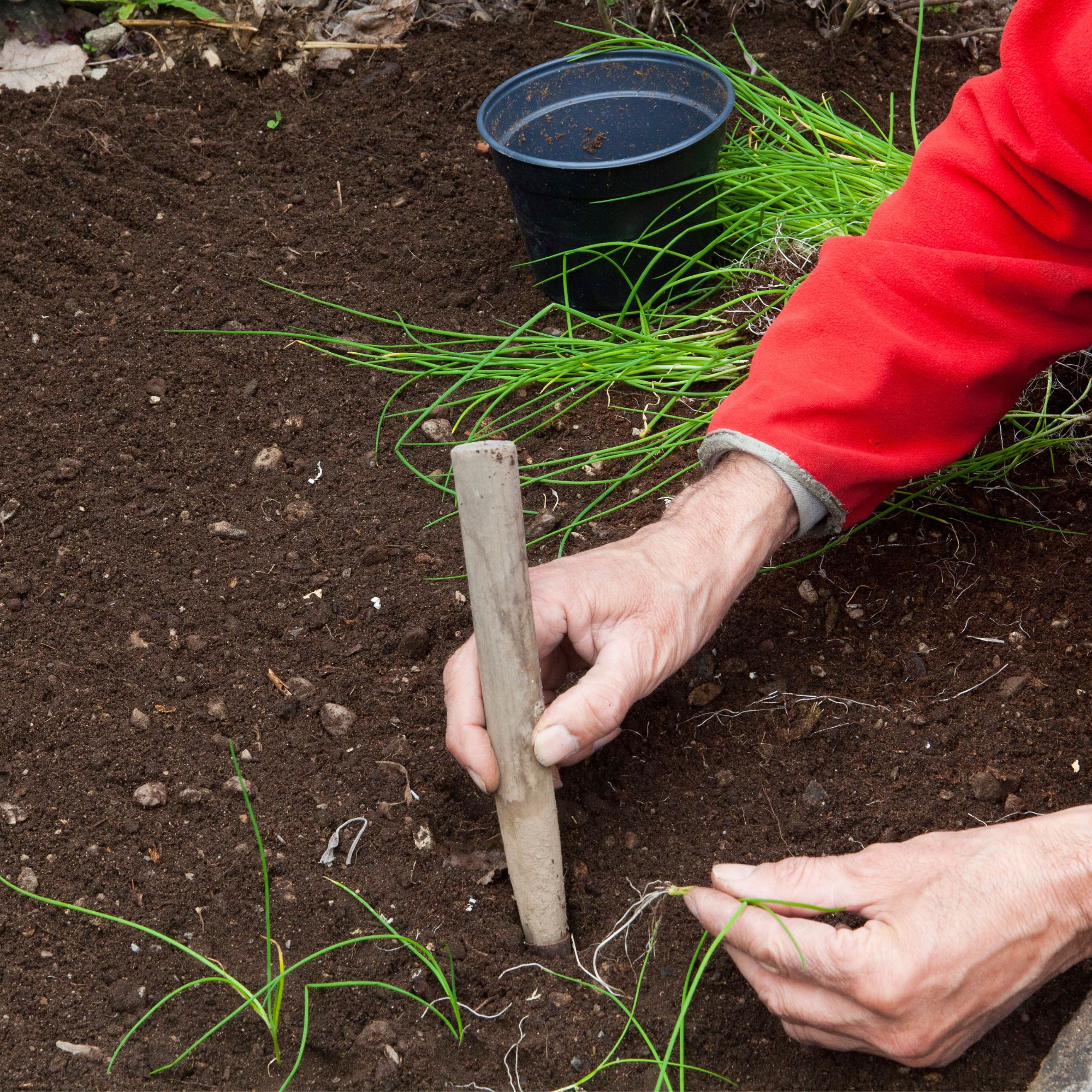
Chives are one of the easiest herbs to grow at home and need very little TLC. Any sunny spot will do, either on a windowsill, a container garden or in the ground.
Part of the onion family, chives form in clumps that are easy to lift and separate into several smaller clumps for replanting, which can be done every few years to keep them growing strongly and provide new plants.
Sign up to our newsletter for style inspiration, real homes, project and garden advice and shopping know-how
‘These herbs are very easy to split apart by hand or with a knife,’ says Julian. ‘After dividing, plant the smaller sections in a sunny spot with soil that drains well.’
Where to buy chives:
- Thompson & Morgan: Start your herb garden with this one litre potted chives, from £14.99.
- B&Q: Or try these culinary chive plants, £13.99 for three pots.
2. Lemon balm
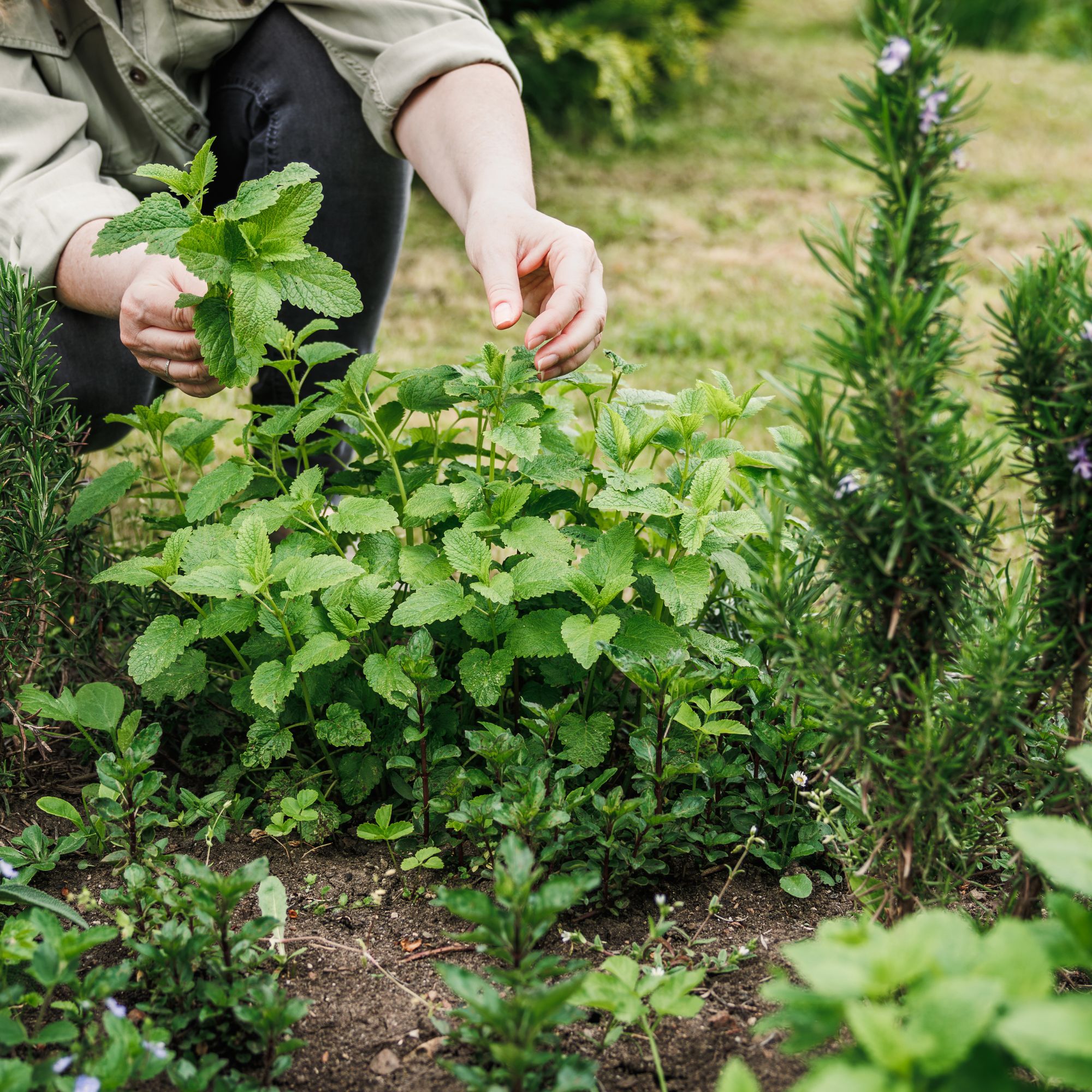
Lemon balm is another easy-to-grow herb that is deliciously fragrant with a citrussy scent. Like mint, lemon balm grows vigorously, making the two a great combination herb you should plant together, but it’s recommended to do this in a pot rather than the ground, as they do tend to take over.
Long-lived, lemon balm can form a congested clump over time, so to rejuvenate it, simply dig up the main plant, divide with a spade and then replant the smaller sections in a sunny area and water well.
‘Dividing lemon balm encourages fresh new growth and stops it from becoming too woody,’ advises Julian.
Where to buy lemon balm:
- Amazon: Try these ready-to-grow lemon balm plants, £13.95 for two.
- Crocus: Or go for lemon balm 'Melissa officinalis', £7.99 per pot.
3. Mint
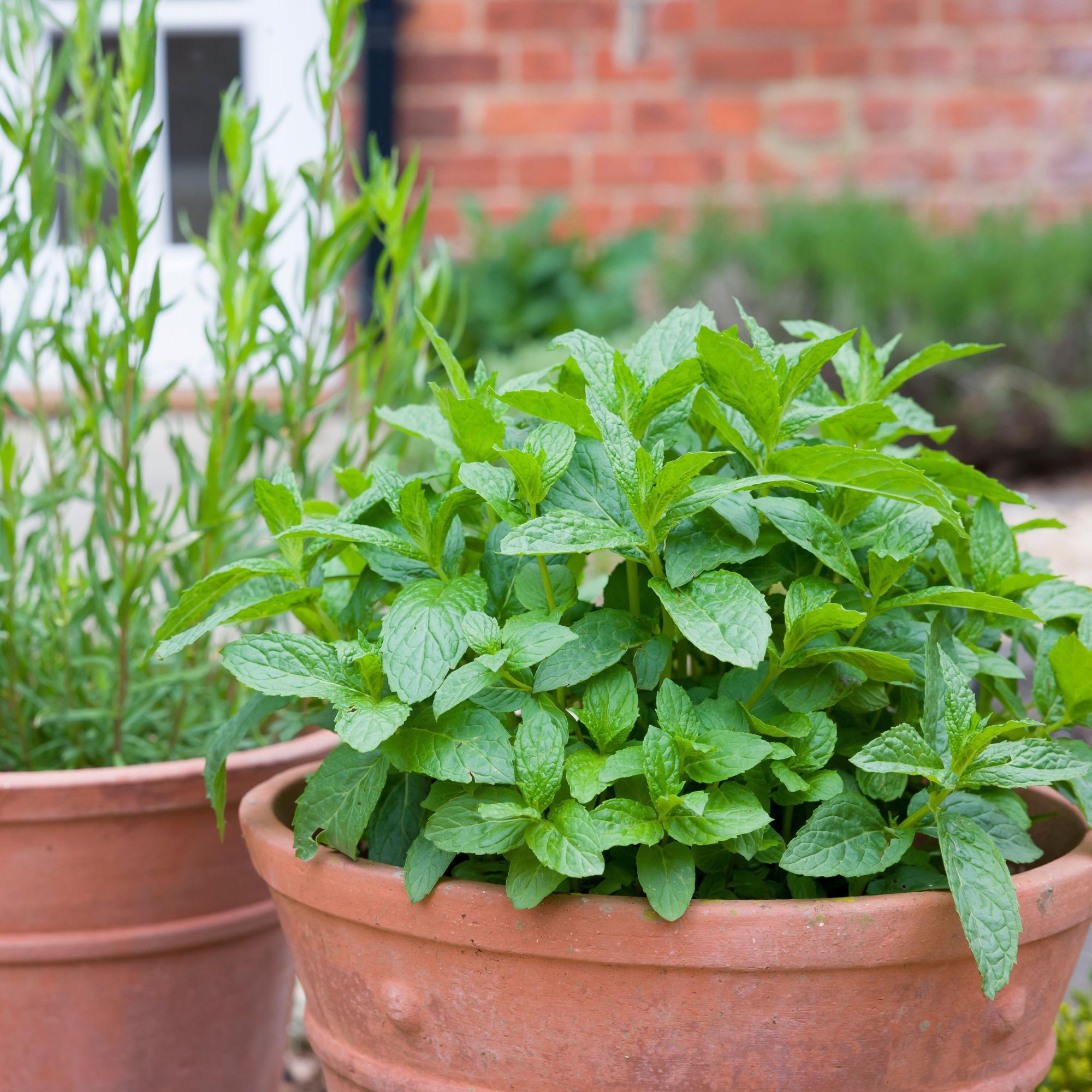
‘Mint grows fast and can spread quickly, but dividing helps control its growth,’ says Julian. ‘It is best to grow mint in pots to stop it taking over your garden.’
While herbs like chives and lemongrass can be divided by gently pulling them apart, for herbs like mint and catnip that produce runners, plants should be dug up and transplanted. Either dig out the whole plant or cut the rootball into small sections and replant the small clumps individually, discarding any old, dead parts in the centre.
Mint should thrive when replanted, just as long as each division has a healthy root system and several stems.
Where to buy mint:
- Marshalls Garden: Plant up these 9cm potted mints, £9.99 for three.
- Amazon: Or mix it up with this fragrant Moroccan Mentha spicata mint plant, £5.95.
4. Thyme
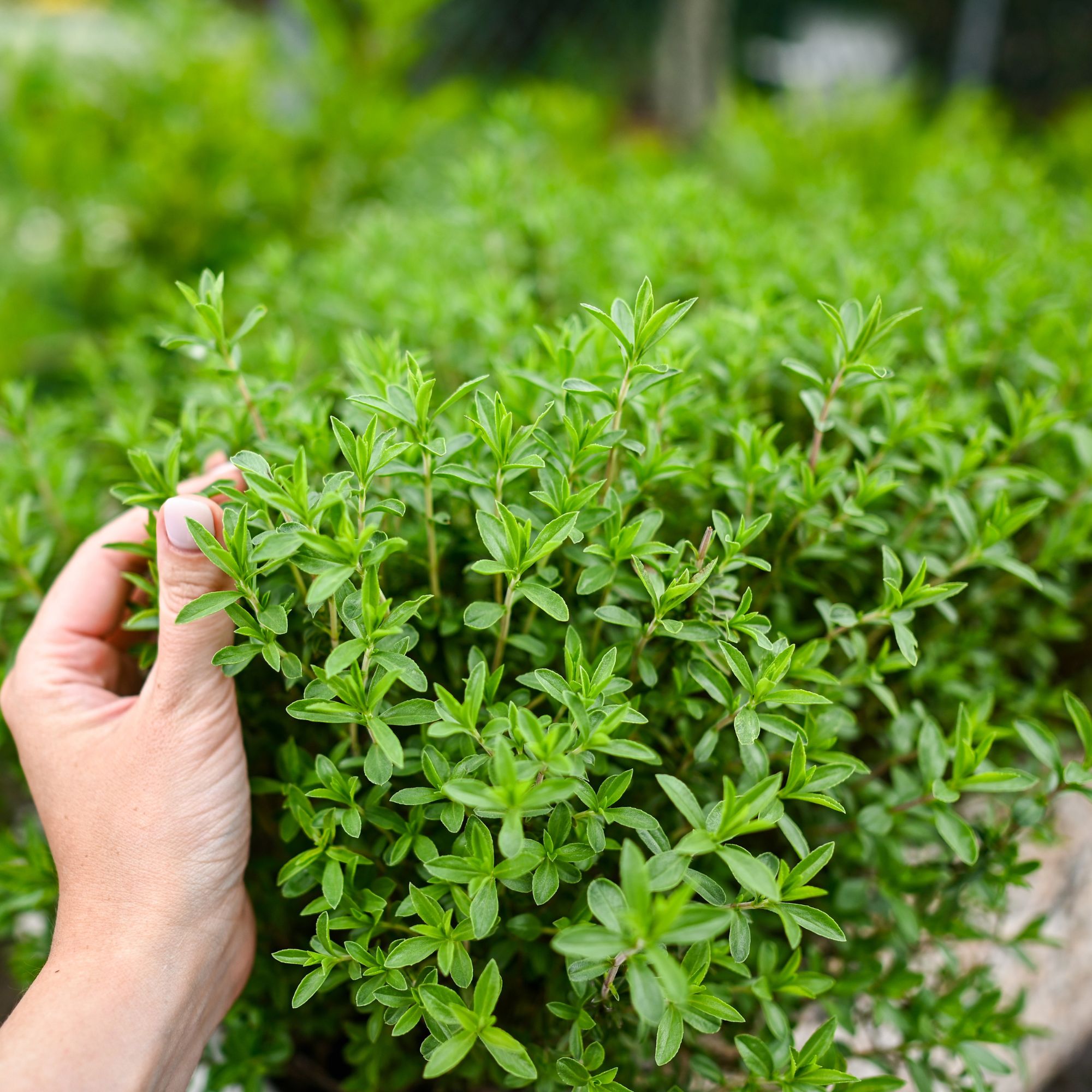
When it comes to how to grow thyme, there’s very little to it. Low-maintenance, it needs a warm, sunny spot, free-draining soil and can be grown in a pot or in the ground. Evergreen, so you can pick sprigs for cooking all year round, or to create more plants, you can take cuttings to propagate thyme or simply lift and divide it.
Dig up the whole plant if you can and break it into three or four sections using your hands or a fork to prise it. Then simply re-plant the sections in your chosen spot.
‘Thyme is a low-growing herb that benefits from being divided every few years to keep it healthy,’ advises Julian.
Where to buy thyme:
- Crocus: Plant the aromatic thyme common 'thymus vulgaris', from £7.99, along pathways.
- B&Q: Or go for these mini potted thyme plants, £10.99 for three.
5. Sage
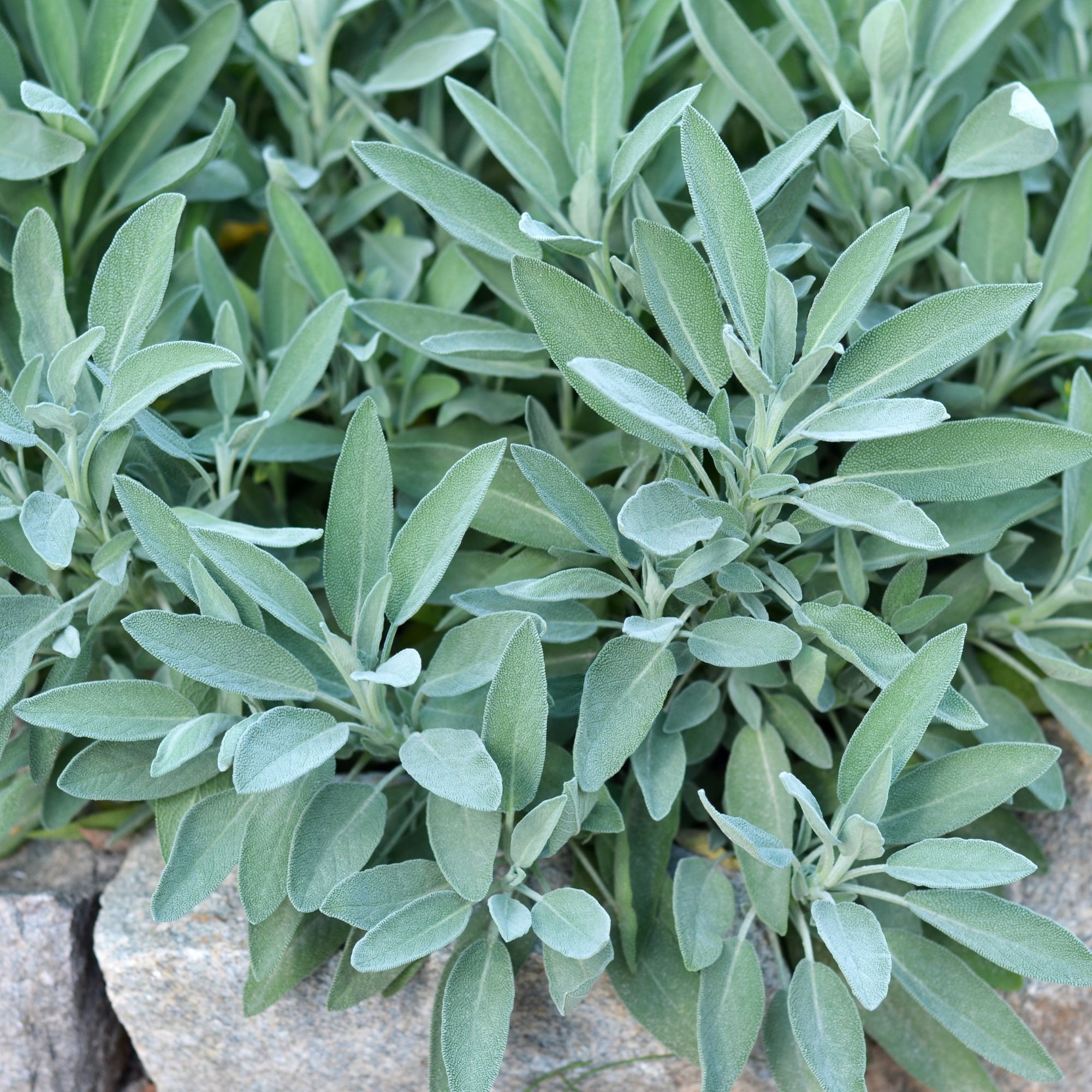
Sage is a Mediterranean herb that likes full sun, free-draining soil and a warm, sheltered spot. Flavorful and spicy, fresh sage can be hard to come by in supermarkets, but if you grow your own, it is easy to take sage cuttings for more plants or to lift and divide.
‘Sage can be divided to make the plant bushier, which makes it easier to harvest,’ advises Julian.
Dig around the plant to loosen and lift out the entire rootball if you can. Break or cut into sections, and with each new piece, there should be a good chunk of healthy, undamaged shoots which can then be transplanted into a pot or the ground.
Where to buy sage:
- Gardening Express: Add colour and fragrance with this Salvia officinalis 'Tricolour' sage, £7.95.
- Primrose: Or go for the eyecatching 'Sage Purpurascens' purple sage, £7.99.
6. Oregano
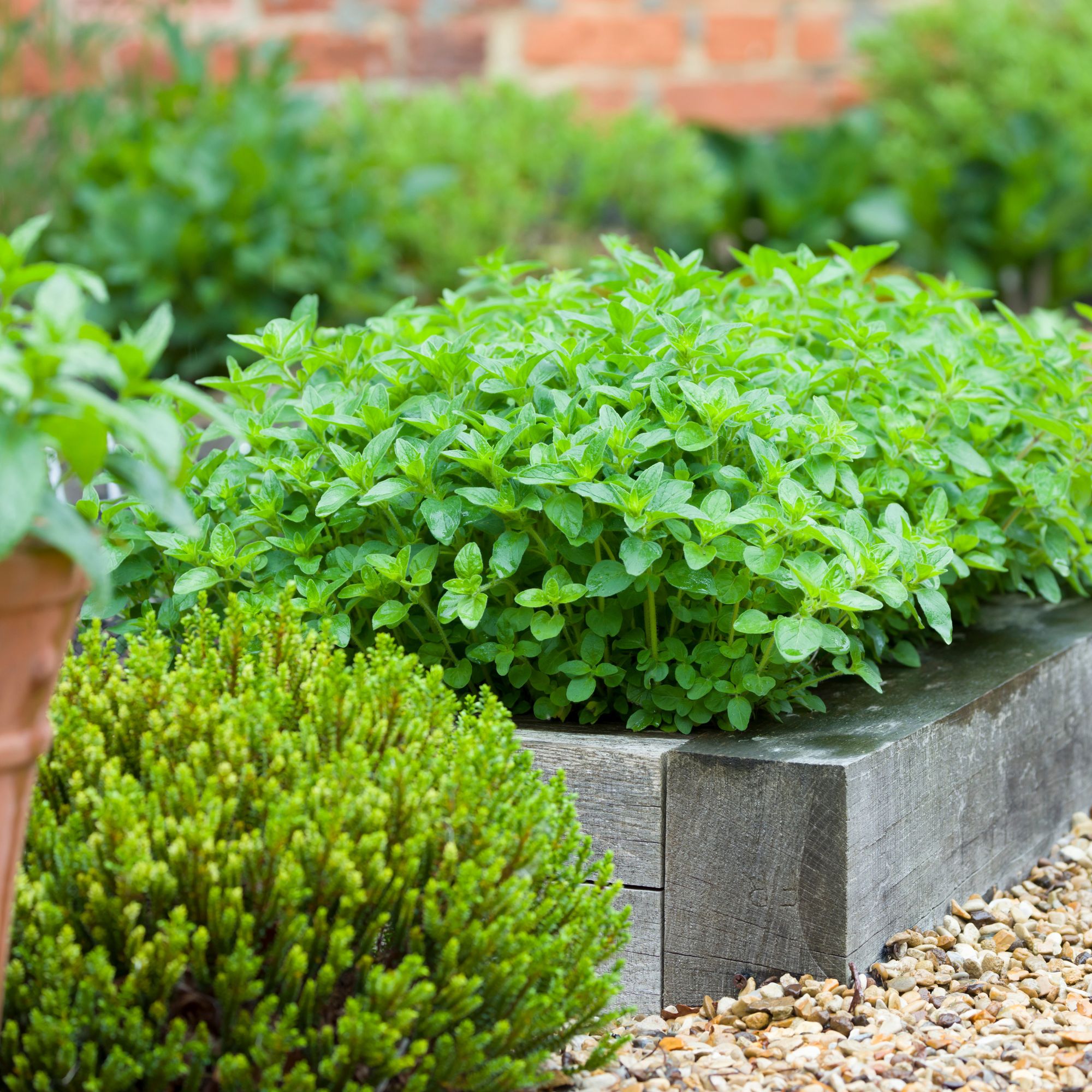
Sun-loving oregano is a flavourful herb with aromatic leaves that grows well in pots and containers and generally requires little attention, so the perfect plant for a Mediterranean-style garden.
With compact leaves and pretty white or pink flowerheads in summer, oregano makes a great ground cover plant or also works well as a filler in containers and window boxes.
‘Dividing oregano helps it stay strong and prevents it from getting woody,’ says Julian.
Dig up the plant and insert two forks back to back into the centre of the clump to lever the plant apart and separate it into sections. Plant the healthiest sections and dispose of any old or worn-out bits.
Where to buy oregano:
- Primrose: Try your hand at growing 'Origanum Vulgare' orregano, £7.99.
- RHS Plants: Or add colour with the striking purple oregano 'Rosenkuppel', from £8.99.
7. Tarragon
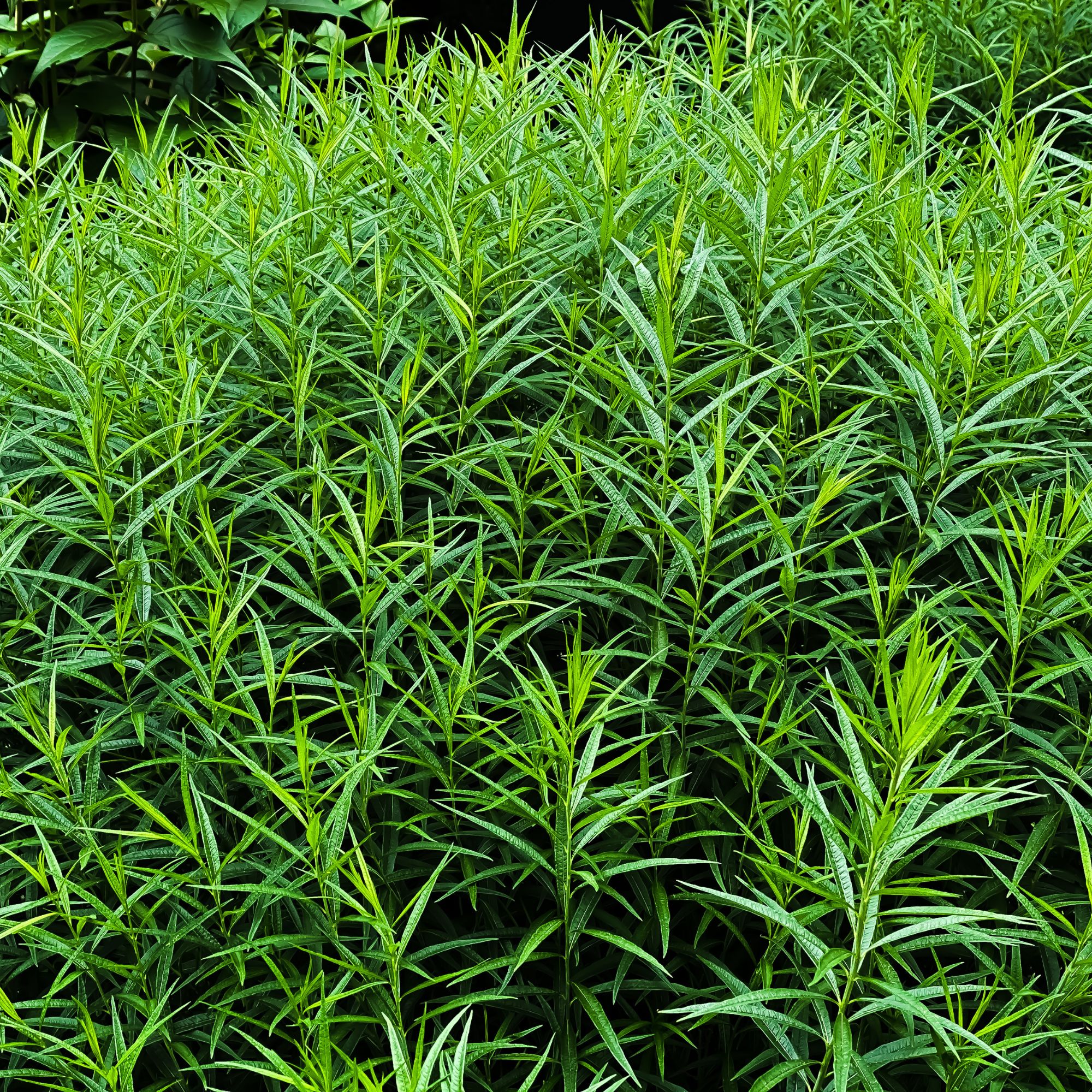
Not as well-known as some of the more popular herbs, tarragon is highly aromatic with a peppery taste and distinctive aniseed flavour and a plant that will make your garden smell gorgeous. Often used in French cuisine and to flavour oils, vinegars and marinades, tarragon grows tall with thin leafy plants and sprigs that can be picked as needed.
‘Dividing tarragon gives the plant a boost,’ advises Julian. ‘It can be divided every few years and prefers sunny, sheltered locations with well-drained soil or can be planted up in a large container.’
Where to buy tarragon:
- Primrose: Try your hand at growing the fragrant 'Artemisia Dracunculus French' French Tarragon, £7.99.
- Amazon: Or go for French tarragon 'Vienco Estragon', £12.95 for two.
Shop these tools to help divide your herb plants
Will you be lifting and dividing your own herbs this autumn? Let us know in the comments below.

Lisa is a freelance journalist who has written about interiors for more than 25 years. Previously editor of Style at Home magazine, she has worked on all the major homes titles, including Ideal Home, Country Homes & Interiors, 25 Beautiful Homes and Homes & Gardens. She has covered pretty much every area of the home, from shopping and decorating, crafts and DIY to real homes and makeovers and now regularly writes gardening stories for Ideal Home.
